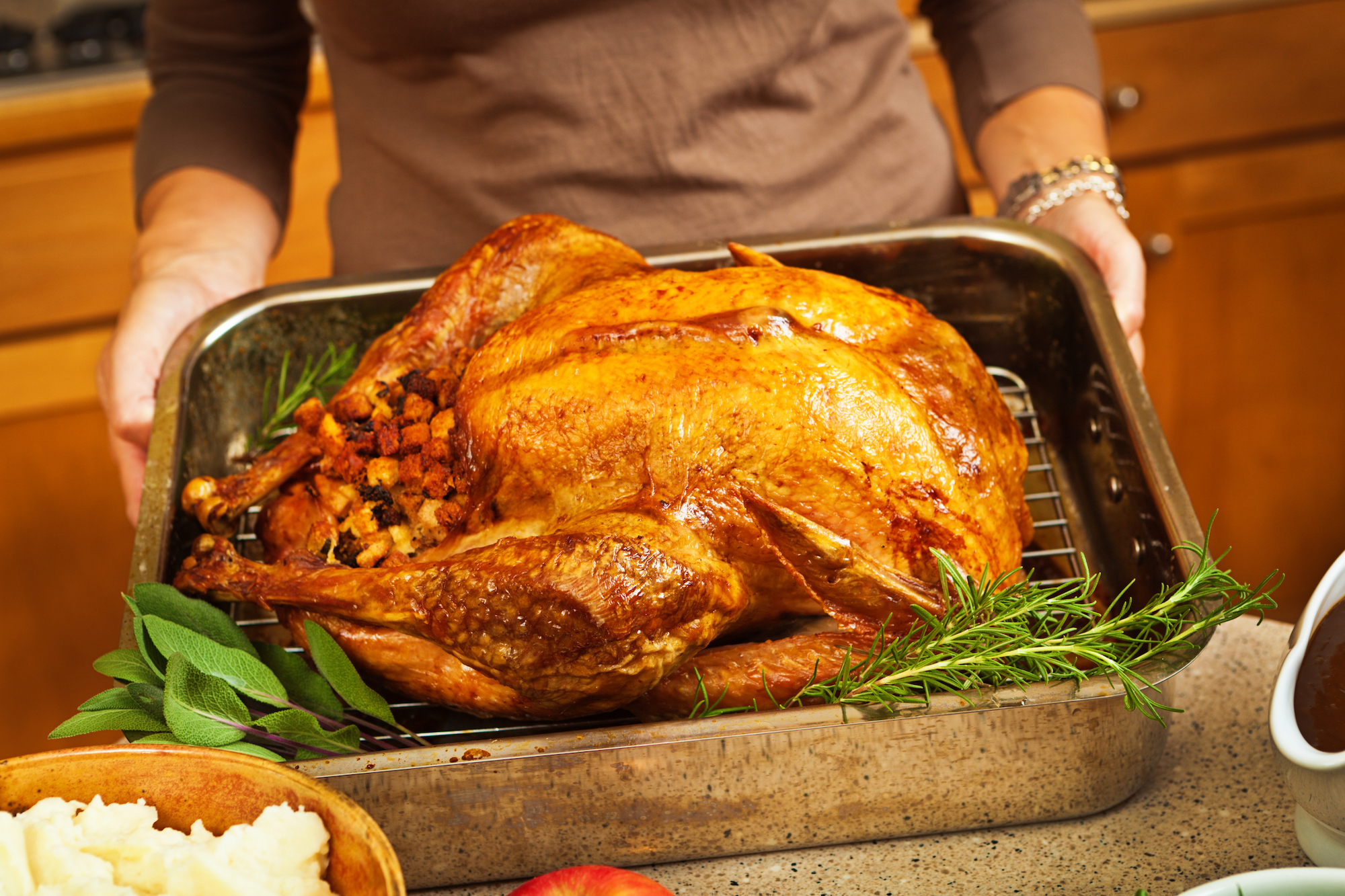
In much of the U.S., farmers aim to finish harvest before Thanksgiving, a national holiday observed on the fourth Thursday of November. As families gather to celebrate, the food takes center stage.
A traditional Thanksgiving feast consists of dishes like turkey and stuffing, ham, mashed potatoes and gravy, sweet potatoes, vegetables like green bean casserole, cranberry sauce, pumpkin pie topped with whipped cream, and much more. While this isn’t a soy-focused menu, soybeans do play a critical role.
Can you identify where soy shows up? It can be found in much more than the plant-based tofurkey protein or the occasional edamame appetizer.
First, soybeans contribute to the main dish — turkey. In fact, soybean meal is one of the most commonly used protein sources in poultry diets because its amino acid and nutrient profile matches with cereal grains to meet nutritional requirements. While the rate of soybean meal included in turkey diets changes at different stages of their growth, it provides a key source of amino acids for their development.
Ham is another common meat served alongside turkey at Thanksgiving. And similar to its role in turkey production, soybean meal serves as a critical source of amino acids in swine feed.
Soy plays a smaller role in dairy feed, contributing to the milk, butter, whipped cream and related ingredients that go into many Thanksgiving favorites.
Crushing soybeans produces meal critical to animal nutrition, but it also produces soybean oil, a widely consumed vegetable oil. It is commonly used in shortening, margarine, mayonnaise and cooking oil.
On Thanksgiving, soybean oil can be used for everything from salad dressing and gravy to frying a turkey and roasting vegetables. Soy ingredients can also often be found in turkey stuffing, green bean casserole, pie and more.
This year, the USSEC team is thankful for all who contribute to the U.S. agriculture value chain from our hard-working farmers to our valued end consumers.
From the U.S. Soy family to yours, Happy Thanksgiving!
This story was partially funded by U.S. Soy farmers, their checkoff and the soy value chain.
